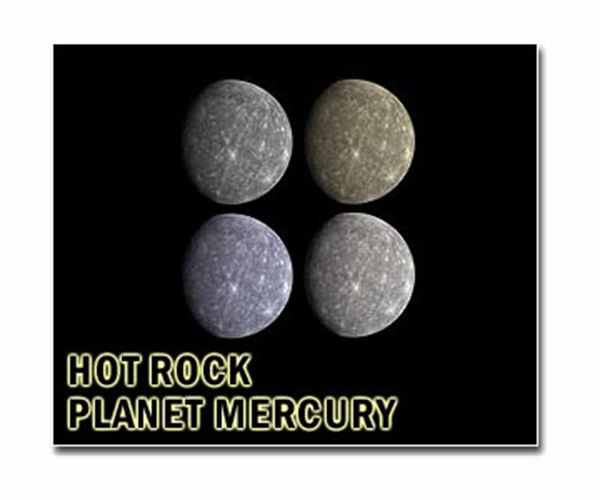
Tidal forces from the Sun may have shaped Mercury’s tectonic features
How did your country report this? Share your view in the comments.
Diverging Reports Breakdown
Tidal forces from the Sun may have shaped Mercury’s tectonic features
Mercury’s rugged terrain has long been attributed to the steady contraction of its solid crust over billions of years. Because Mercury lacks tectonic plates, its surface behaves as a rigid shell. Researchers have now identified signs of lateral surface movement, suggesting that additional forces are at work. Future studies will be supported by data from ESA and JAXA’s BepiColombo mission, to which the University of Bern has contributed two scientific instruments. The mission includes the BELA laser altimeter, which will map Mercury’s topography in 3D at 10 cm precision.
Paris, France (SPX) Jun 21, 2025
New research from the University of Bern reveals that tidal forces from the Sun may have significantly contributed to the formation of Mercury’s hills and cliffs, challenging the long-standing belief that these features resulted solely from planetary cooling and contraction. The findings draw on models of Mercury’s orbit and rotation, and future studies will be supported by data from ESA and JAXA’s BepiColombo mission, to which the University of Bern has contributed two scientific instruments.
Mercury’s rugged terrain has long been attributed to the steady contraction of its solid crust over billions of years. However, because Mercury lacks tectonic plates, its surface behaves as a rigid shell. Researchers have now identified signs of lateral surface movement, suggesting that additional forces are at work.
Dr. Liliane Burkhard and Prof. Dr. Nicolas Thomas from the University of Bern’s Space Research and Planetary Sciences Division have demonstrated that Mercury’s unique orbital configuration and rotation pattern expose it to periodically varying tidal stresses from the Sun. These forces, though subtle, could influence tectonic structures. “These orbital characteristics create tidal stresses that may leave a mark on the planet’s surface,” explained Burkhard.
Mercury is in a 3:2 spin-orbit resonance, completing three rotations for every two orbits around the Sun, and travels in a highly elliptical path. This dynamic causes tidal stresses to fluctuate over time. The researchers constructed models of Mercury’s interior and adjusted factors such as spin rate and orbital shape to explore how such forces may have acted over the past four billion years.
Their simulations revealed that while the Sun’s tidal forces alone are unlikely to cause faulting, they do align with observed fault-slip directions, suggesting a shaping influence on Mercury’s crust. “Tidal stresses have been largely overlooked until now,” said Burkhard, “but our results show they may have guided the orientation of tectonic features over geological time.”
These insights broaden scientists’ understanding of planetary evolution and may be applicable to the geological histories of other planets. Further refinement is expected once BepiColombo reaches Mercury in late 2026. The mission includes the BELA laser altimeter, developed with Bernese leadership, which will map Mercury’s topography in 3D at 10 cm precision.
“BELA will enable us to improve models of surface deformation and tectonics,” said Burkhard. Thomas added, “It will create a highly accurate image of Mercury’s terrain, providing critical data for our studies.”
Research Report:Exploring Mercury’s Tidal Stresses Through Time: Effects of Orbital Eccentricity, Rotational Dynamics, and Their Implications for Tectonics.
